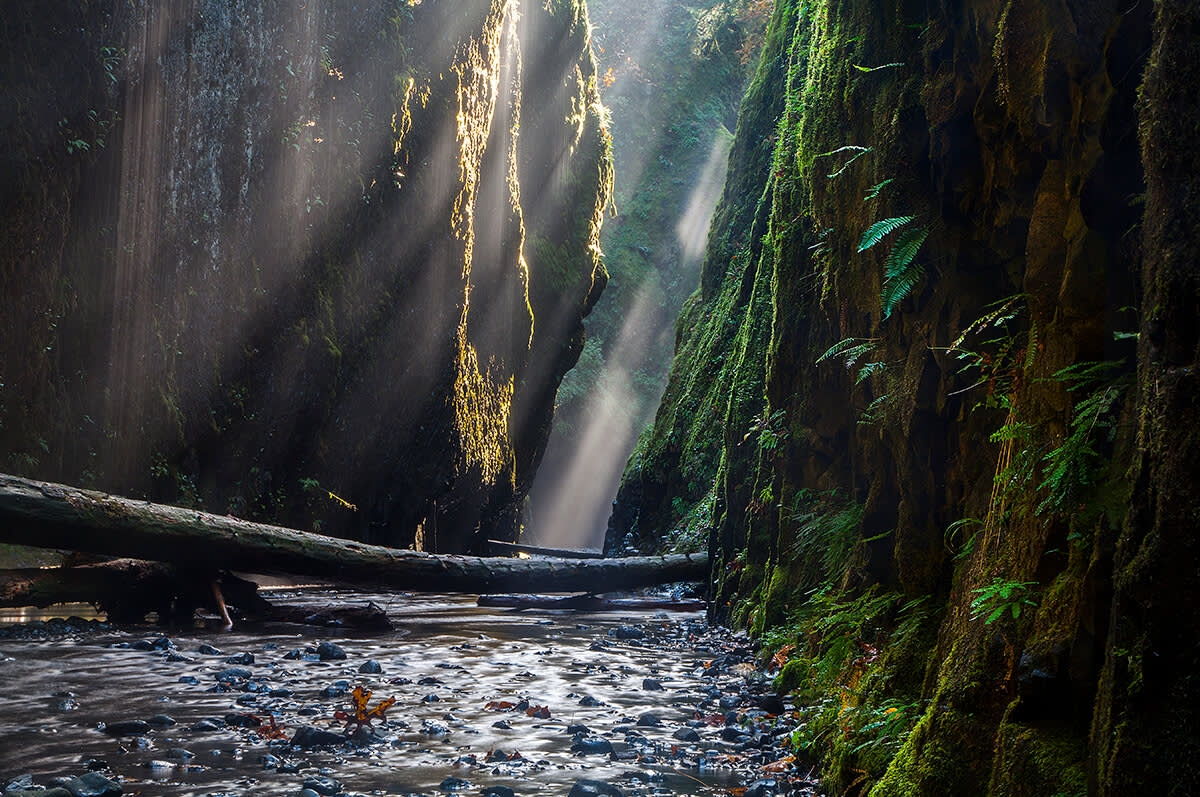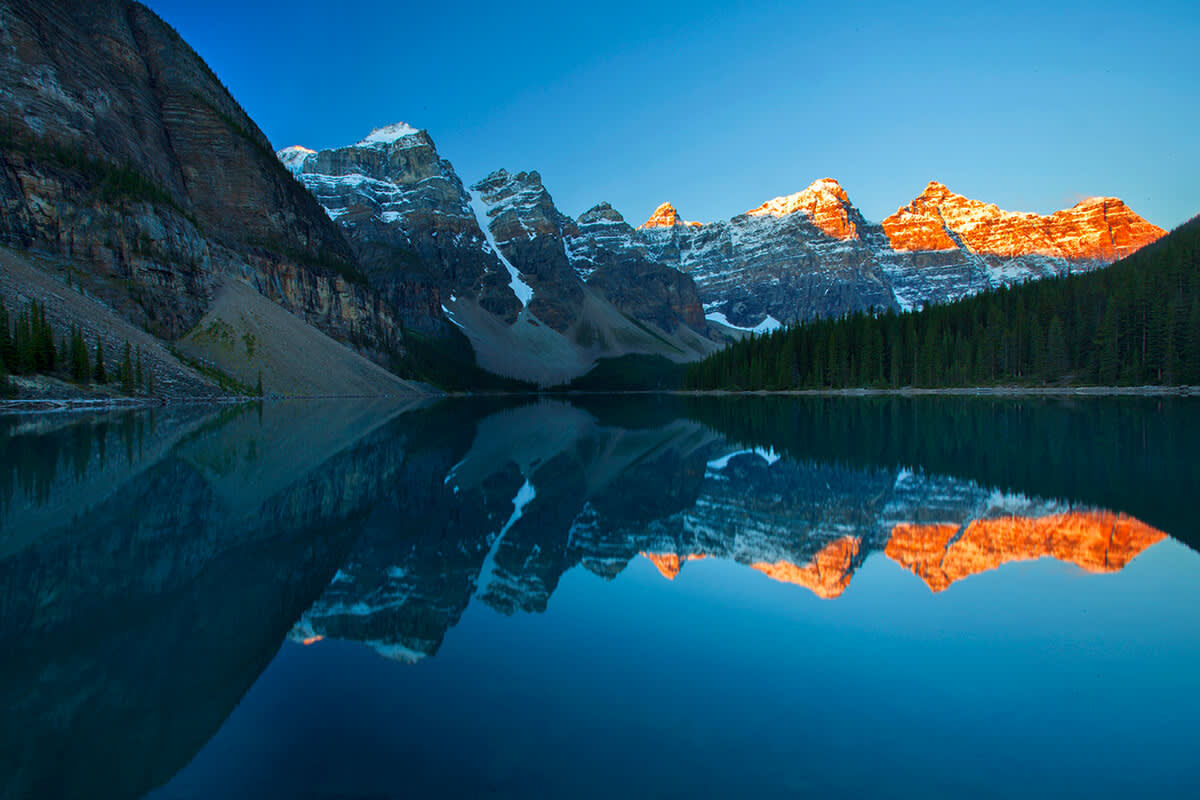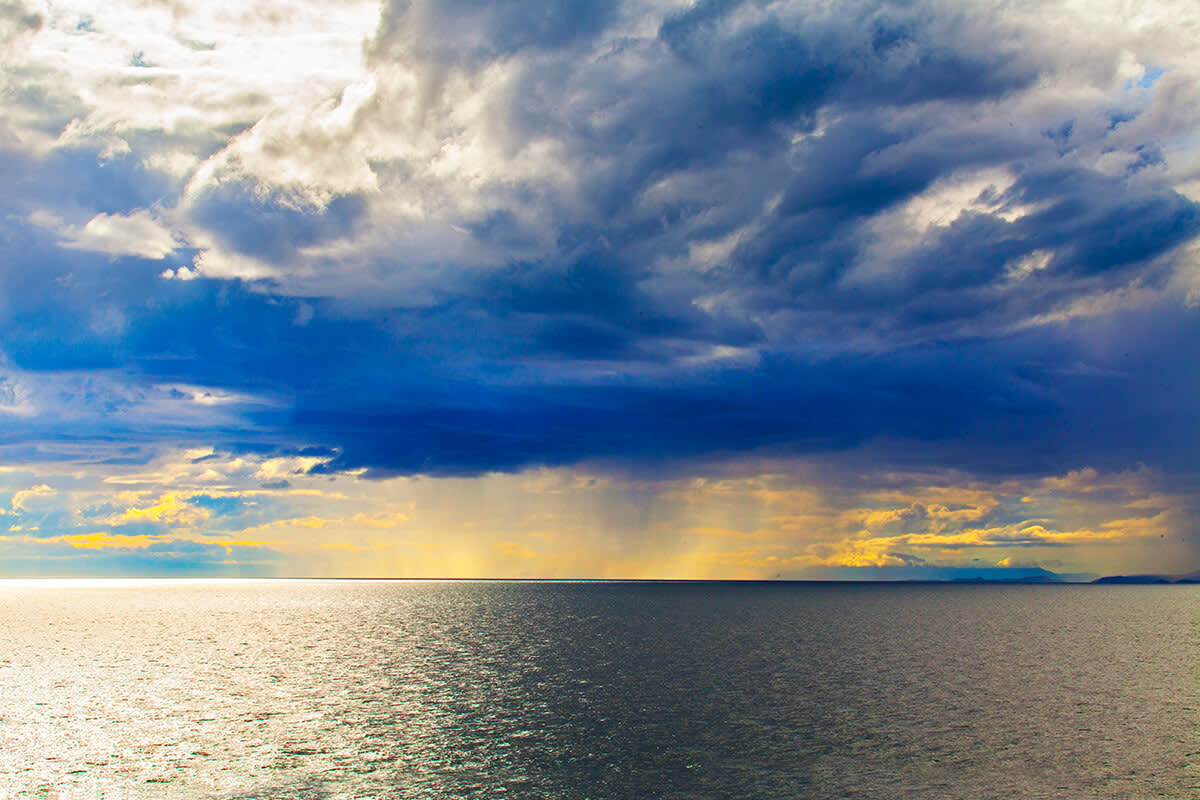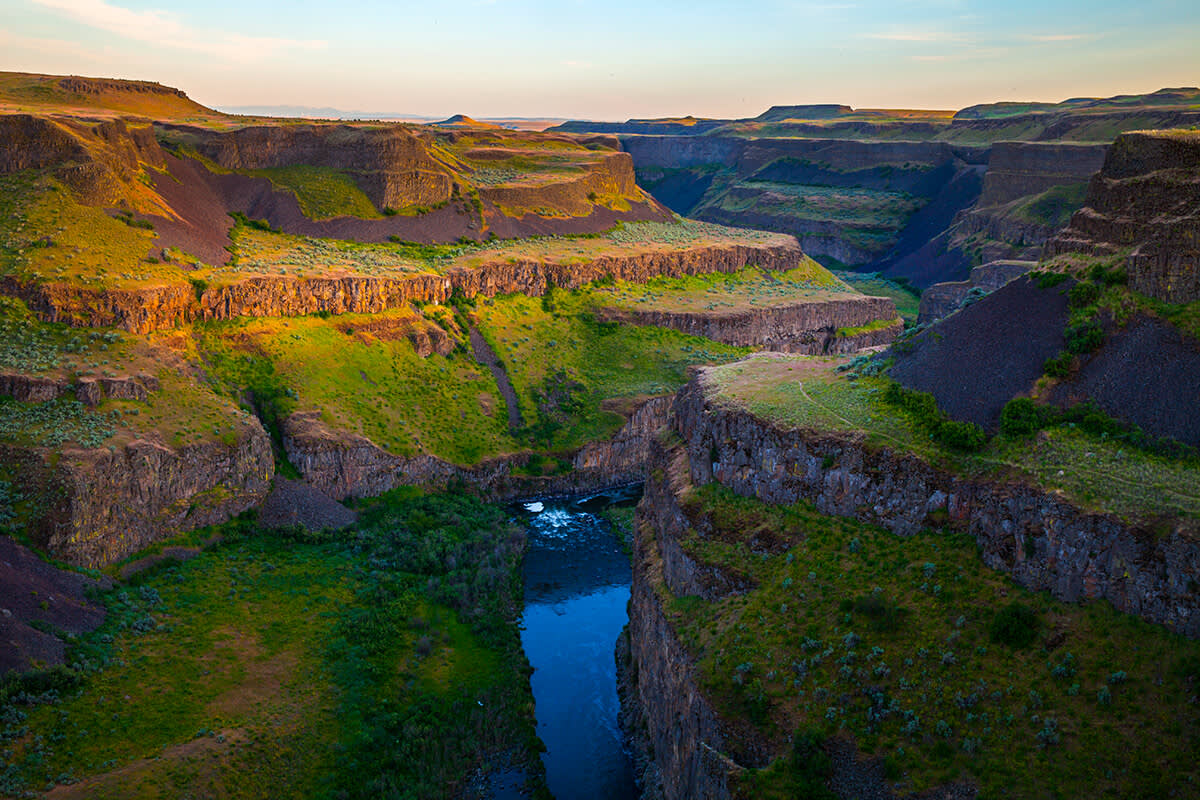Great landscape photography requires the curiosity of a child, the soul of a wanderer, and the perseverance of a hunter. We asked Loretta Grande, photographer extraordinaire, to let us in on her secrets for making nature look good enough to eat.
Be an adventurer
Landscape photography can be frustrating: weather changes unexpectedly; you can’t lug around gear to accommodate every scenario; and you don’t always know what you’ll see until you get there. Embrace the unknown and view each shoot as an adventure! Learning to shoot the conditions that you’re given will make you a better photographer.
Seize seasonality

I’m always researching my next adventure, and I like to plan around the seasons. New England’s got great color in autumn; mountains look fantastic covered in the white-blue of winter snow; and tulip fields show their full glory in the spring. As cliché as all that sounds, landscape photography is all about capturing the best of the landscape in its peak colors, so I’m very happy to stick with classic combos.
If I’m considering an area I don’t know much about, I’ll go to a search site and type in a phrase like “best time of year” and the name of the location. I also poke around in Flickr, or do an image search in Google, to get a rough sense of what others have found at that locale. I usually find tons of handy scoops about the best places to set up my camera with a simple web search, too.
Ride like the sun

It’s no secret that sunrise and sunset are choice times to take pictures of landscapes. They’re each referred to as “the golden hour” by photographers because it’s a time of day that is the most colorful and removes the harshness of the sunlight for softer shadows and more glowing, warm light on the land. I research sun direction so I know if a place looks better shot at sunrise or sunset. (Pro tip: the app Photographers’ Ephemeris tells you sunrise, sunset, moonrise, and moonset positions. Super handy!)
That said, I do like to shoot waterfalls, beaches and forest scenes in the daytime.
Shoot what you’re given

Sometimes you’re going for a great sunset; you’ve got it planned perfectly, aaannd the weather changes. Don’t pack up and go home! Stay with it; you never know what you’ll get. This shot of a foreboding sky would never have happened if I’d gotten disappointed and left.
Pick a spot and stick to it

You can move, of course, but if you really want a great shot, you should be willing to take 100 snaps of the exact same thing. Release the shutter every one to two minutes. When you look at all your images later, you’ll see incremental changes in the light on the landscape, and you can choose the shot that best showcases all the features at play. (Pro tip: Clouds tend to light up just past sunset, so be patient.)
Lock it down

I like to use a tripod to get crisper shots, even during the day. Everything you can do to minimize movement in the camera helps you get a greater depth of field, which means the foreground and the background of the shot are in focus. That’s the name of the game with landscapes.
Zoom like your heart is breaking

People sometimes think landscape shots are always shot as wide as possible, but I’ll often zoom in to make objects like mountains appear larger and closer to the foreground.
Get blur just where you want it

Show the movement of water to add drama. If you’ve got a tripod, you’ll want to let your shot expose for 1-2 seconds to capture the movement of the water which will give it a great silkiness effect. You’ll need an SLR for this though.
To see more of Loretta’s work, check out her Instagram: @lorettamgrande.
